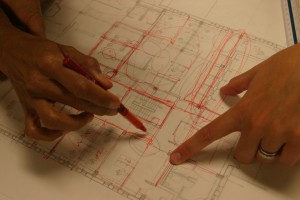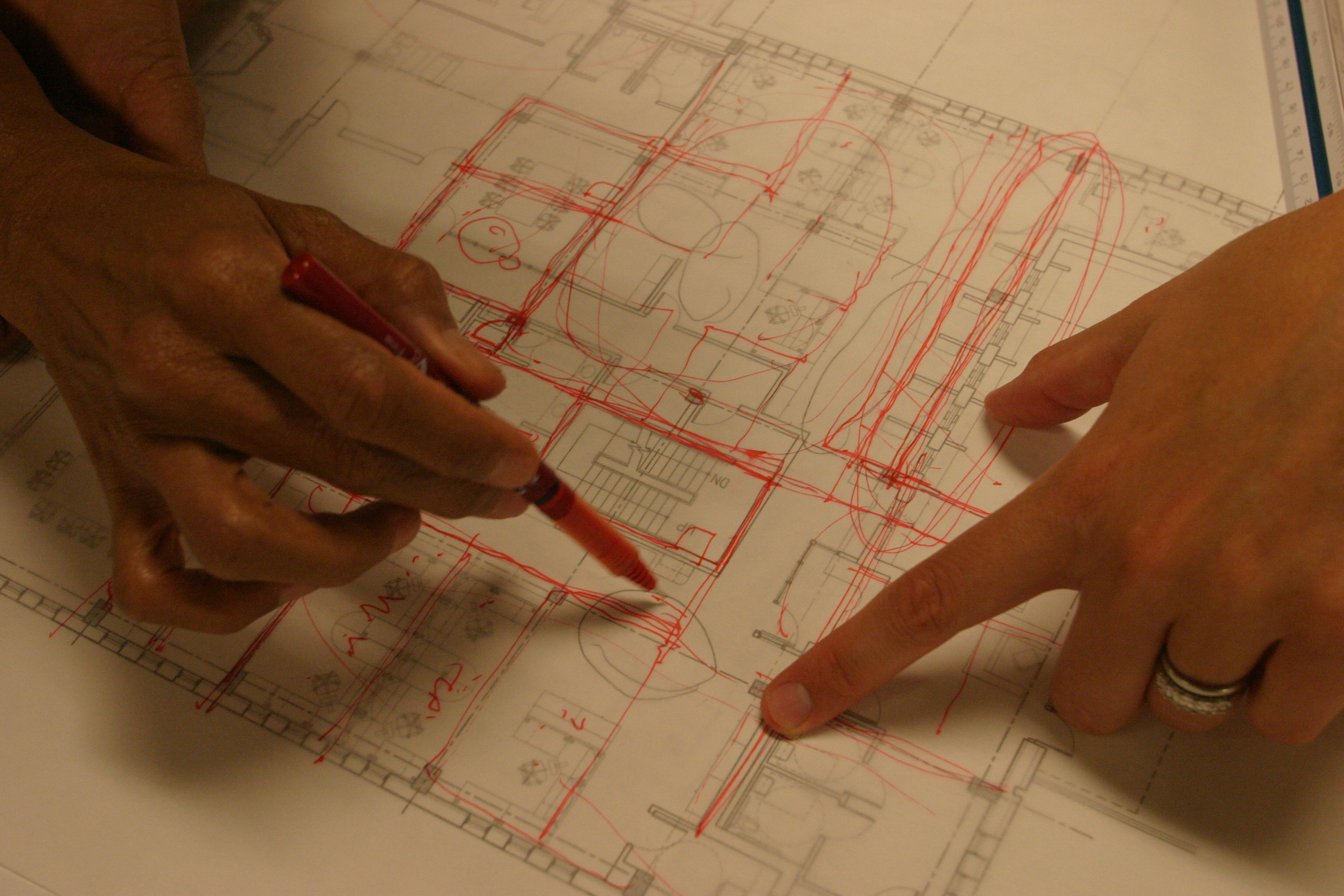
Public wisdom has it that no one catches everything. Despite the best of intentions, it cannot be done. However, VSAIA’s team of building code reviewers seems to defy the odds.
Glen Reimer, AIA, a senior associate with AECOM, discovered a major flaw in the International Code Council’s latest (2012) model building code. He sent an alert to the VSAIA, which went directly to Kenney Payne, AIA, with Moseley’s Richmond office.
Reimer noted that several sections of the 2012 International Building Code, if left as is, would require that walls greater than 40 feet above grade in buildings of Type I, II, III and IV construction would have to be tested to NFPA 285 standards if any combustible products were used. Because such tests specifically identify each element of an assembly, any substitution would void the test. Therefore, all tested wall assemblies would be proprietary.
Not only would such testing extend a project’s time line, it also would be an unexpected expense to the client. And, for public projects that all-but forbid proprietary elements, the requirement would become a nightmare if not a complete impossibility.
Payne’s response was succinct: “I have been successful in getting code changes on all” of those sections, either to delete them or to add a sprinkler exception. These changes, he said, are moving forward on the consensus agenda, to be reviewed later this year or early next by the Board of Housing and Community Development. According to Payne, the amendments’ position on the consent agenda means they have a 95 percent chance of approval.
He added the caution that these changes affect only Virginia’s version of the building code. Anyone practicing in another state must take this up with the local code official.
As soon as the board reviews these and many other code modifications, they will move them to the next stage of the code approval process. As of now, the anticipated implementation date for the 2012 Virginia Uniform Statewide Building Code still is forecast to be fall of 2014.
The VSAIA thanks everyone on the code review team — Payne, James Snowa, AIA ,and Megan Shope, AIA — for their tireless efforts on behalf of the membership. And it also thanks its members like Reimer, whose timely alert pinpointed what could have become a major stumbling block for clients — public and private — and architects throughout the state.

